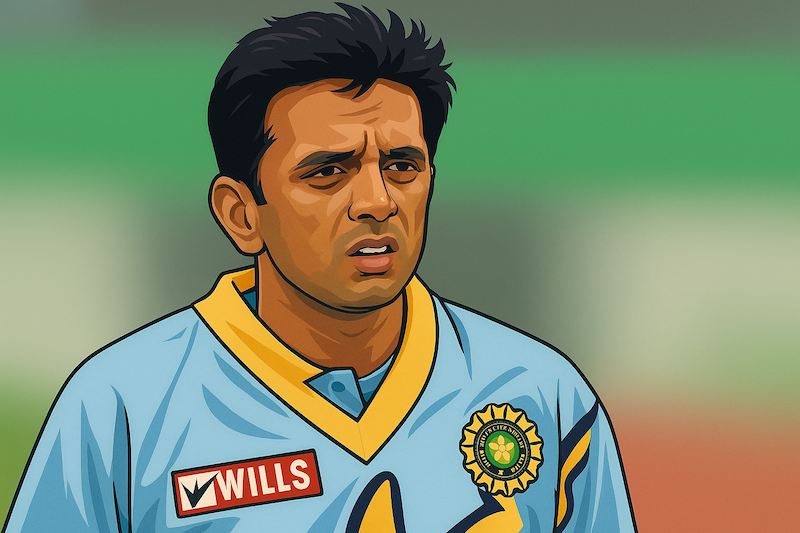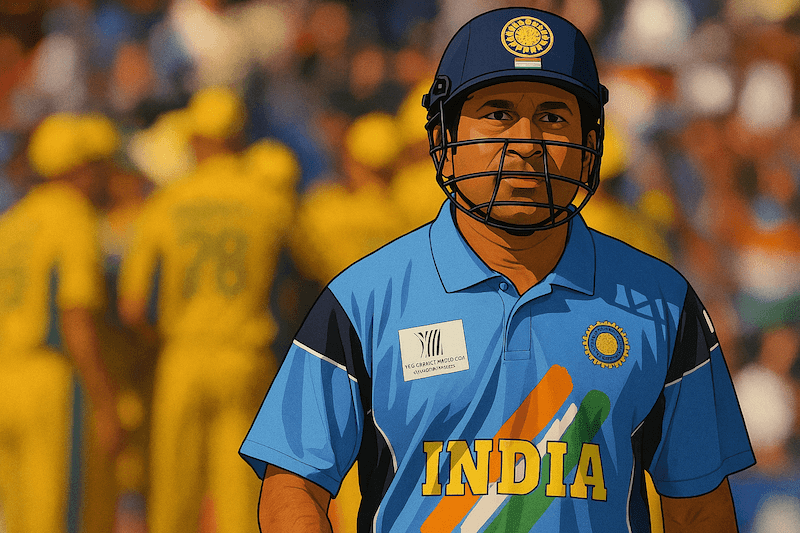
Cricket is often described as a sport of tradition — white clothing, grassy pitches, and five-day matches that test skill and patience. But here’s the truth: cricket has never really stood still. Every era has demanded something different from the game, and cricket has responded, sometimes cautiously, sometimes dramatically.
From matches that stretched for days without a finish to contests that now last less than two hours, cricket’s formats tell a story of adaptation. Each shift was not just about overs and numbers, but about what fans wanted, what broadcasters demanded, and how modern life shaped entertainment.
This is the journey of cricket’s evolution: from timeless Tests to ODIs, T20s, the lightning-fast T10, and finally the experimental Hundred.
Cricket Without a Clock
In cricket’s earliest years, Test matches had no fixed time limit. They were known as “timeless Tests” and continued until a winner finally emerged. The most famous — and final — example came in Durban in 1939, when England faced South Africa. The match stretched over 12 calendar days, with 9 days of play, 2 rest days, and 1 lost to rain. In the end, it was abandoned not because of cricket, but because England’s players had to catch their ship home.
The idea was noble: the longer the match, the truer the test of skill and endurance. But reality told a different story. Players were drained, spectators lost interest, and hosting such matches became impractical.
By the mid-20th century, the game began shifting toward the five-day Test. Australia and England played five-day games from 1948, while other nations still used three- and four-day versions. Only in 1979 did five days become the universal standard. Yet even with this structure, Tests kept their aura. They remain the toughest and purest form of cricket, the ultimate test of patience and skill. At the same time, though, the first seeds of shorter formats were being planted.
The Rise of ODIs (1971)
The first great revolution came almost by accident. In January 1971, an Ashes Test in Melbourne was ruined by rain. To entertain the crowd, Australia and England played a one-day match of 40 overs each. Nobody realized it at the time, but cricket had just stepped into a new era.
The idea of a limited-overs international was simple: compress the drama of a Test into a single day. By 1975, the first Cricket World Cup was staged in England, with matches of 60 overs per side. The tournament was a success and drew fans far beyond the usual Test audience.
Through the 1980s and 1990s, ODIs grew in popularity. Overs were cut to 50 per side, teams began wearing colored kits, the white ball replaced the red, and floodlights turned cricket into a primetime event. The format delivered unforgettable moments — from Kapil Dev lifting the World Cup in 1983, which changed Indian cricket forever, to Sri Lanka’s fearless batting in 1996, which showed how ODIs could be played differently.
ODIs existed because fans and broadcasters wanted a quicker, more marketable game. They gave cricket its first true global reach and proved that shorter formats could be every bit as dramatic as Tests.
T20 Revolution (2003–2007)
By the early 2000s, even ODIs were beginning to feel too long. The England and Wales Cricket Board introduced Twenty20 cricket in 2003 to offer something faster. Each team would bat for just 20 overs, and the match would be done in about three hours — short enough to watch after work, just like football.
Crowds loved it. T20 was noisy, colorful, and full of big hits. The real breakthrough came in 2007, when South Africa hosted the first T20 World Cup. India’s thrilling win over Pakistan in the final proved to the world that this format was no gimmick.
Then came 2008, when the Indian Premier League (IPL) burst onto the scene. Combining Bollywood glamour, international stars, and franchise rivalries, the IPL transformed cricket into a global entertainment business.
T20 was introduced to attract younger audiences, suit modern lifestyles, and compete with other sports. What began as an experiment is now the most influential format in world cricket.
Explore More Stories

What Is Test Twenty? Where Tests Meet T20s
A bold new format is about to change the game. Test Twenty mixes the strategy of Test cricket with the energy of T20s, creating an 80-over, two-innings contest that redefines modern cricket. Here’s how it works.

Rahul Dravid: The Wall Who Carried India's Hopes
Calm at the crease and steady in crisis, Rahul Dravid was more than runs and records. From Eden Gardens to Adelaide, he became India’s trusted warrior — The Wall whose legacy of patience and discipline still inspires.
T10 Cricket (2017)
If Test cricket is a marathon, ODIs a day trip, and T20 a sprint, then T10 is cricket’s 100-metre dash. The format made its debut in 2017 in the United Arab Emirates. Each team gets just 10 overs, and the entire game is finished in about 90 minutes.
The idea was to match the pace of the modern world. Fans got immediate excitement, broadcasters got a product that fit neatly into their schedules, and players got another stage to show off their power hitting.
T10 has not yet reached the level of T20 in terms of popularity, but it has created a niche as cricket’s fastest and most explosive format — perfect for audiences with limited time but unlimited appetite for boundaries.
The Hundred (2021)
While T10 pushed cricket to its speed limits, the England and Wales Cricket Board chose a different direction in 2021 with The Hundred. This format wasn’t about being faster but about being simpler.
Each team faces exactly 100 balls, with bowlers sending down sets of five or ten deliveries. No overs to count, no complex scorecards to explain — just 100 balls, and whoever scores more runs wins. Matches last about two and a half hours, designed to fit neatly into busy lifestyles.
The Hundred was created to attract new fans, especially families and younger audiences who might find cricket’s rules confusing. The reaction was mixed. Purists argued it was unnecessary, but new crowds embraced its clarity and energy. More than anything, The Hundred reflected the challenge cricket faces in today’s entertainment age: competing not only with other sports, but also with Netflix, TikTok, and everything else fighting for people’s attention.
Many Formats, One Soul
From timeless Tests that went on for days, to ODIs that gave results in an afternoon, to the three-hour thrill of T20, the 90-minute dash of T10, and the stripped-back clarity of The Hundred — cricket has never stopped adapting to its times. Each format answered a need: Tests held on to tradition, ODIs made the game television-friendly, T20 captured young fans and money, T10 delivered instant action, and The Hundred simplified cricket for newcomers.
And yet, through all these changes, the heart of cricket has never shifted. The contest between bat and ball still produces moments of pure theatre — whether it is Ben Stokes dragging England to a miracle Test win at Headingley in 2019 or Carlos Brathwaite smashing four sixes in a row to win the 2016 T20 World Cup. Formats may come and go, but the emotions remain timeless.
Cricket may change its clothes, but its soul never fades.





